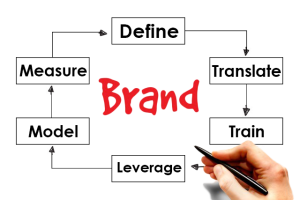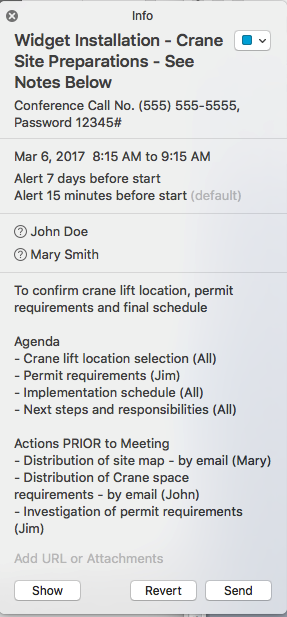This series of blogs discusses the application of preventative maintenance in order to maintain our field team’s product and service promotion effectiveness. [1]
Step 3 – Checking Alignments and Readjusting if Applicable
Engaging our field service professionals in business development requires processes and systems with many moving parts. In order to keep those parts working smoothly and ensure our field team is delivering at its highest levels, we must conduct periodic preventative maintenance (PM) services. One of those services is checking alignments and readjusting if applicable.
In the service we provide to our customers, aligning equipment is a critical part of the PM services we provide. If left unaddressed, unaligned equipment will result in premature bearing and belt wear, energy loss and equipment failure.
Aligning Our Business Development Efforts
The same is true for our business development efforts by the field team. In many cases, opportunities will be referred to other areas of the business for fulfillment. For example, a business opportunity might be referred to the sales department to follow up with the customer and to provide pricing and a formal proposal. In others, part or all of the field team’s recommendations will be delivered through a separate department (e.g. a small project may be executed by a “projects” division rather than the “service” department). If these other areas of the business are not aligned with your business development efforts, then you will not achieve the potential of your efforts.
Despite the criticalness of these alignments, many companies fail to address them. One firm that I worked for, for example, had sales compensation plans that actually discouraged the salespeople from following up on opportunities from the field. Needless to say, the field team and their customers were frustrated by the lack of response from the sales department and this caused their early efforts to engage their field service representatives in business development to fail. In another case, the field service team did not trust the executing department to treat their customers with the same level of care and attention that they provide. The field service team was fearful that they might lose the customer.
Conduct Regular Reviews of Your Business Development Alignments
As part of your PM, it is prudent to review these alignments to confirm that they are running smoothly. Talk to the leaders of the other departments to ensure that they understand what you are doing and how it will benefit them. Strategize together on how to reduce any obstacles and to build a stronger partnership between department members. Review your processes (like sales compensation plans) to see if there is anything in the works that may be holding things back.
If a problem comes to your attention, address it immediately with your departmental counterpart to get it resolved. Avoid laying blame on the other party (for example saying “Typical! Those guys just don’t care about us!!”). This only serves to cause the field team to question why they bother. Dealing with interdivisional alignments, it is always good to follow the motto, “If it is to be, it’s up to me!”
Next time, we will look at lubrication of moving parts as the next step in our PM service for the business development efforts of our field service team.
Let’s Connect
As always, I welcome your comments and questions. You can connect with me via telephone or email or leave a comment right here on the site. If you are reading this blog post via email, you will need to locate this post on my website by clicking here. Scroll down to the bottom of the page where you will find the comment section.
Jim Baston
“If it is to be, it’s up to me!”
– Anon
[1] This series of blogs is based on an article published for Field Service News – https://www.fieldservicenews.com













